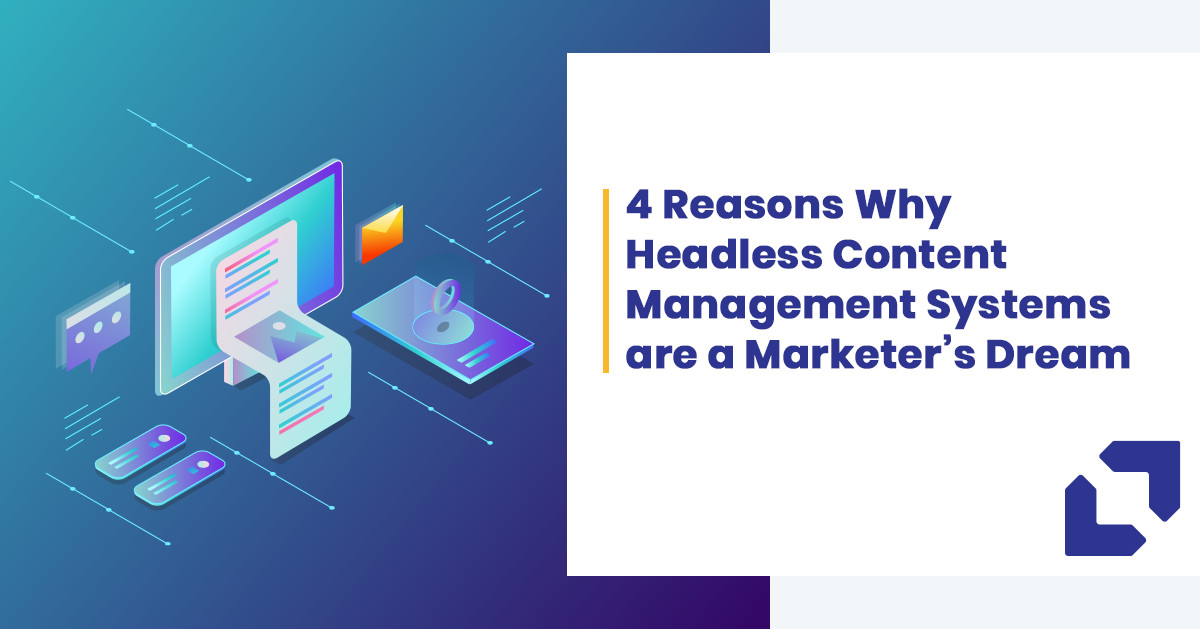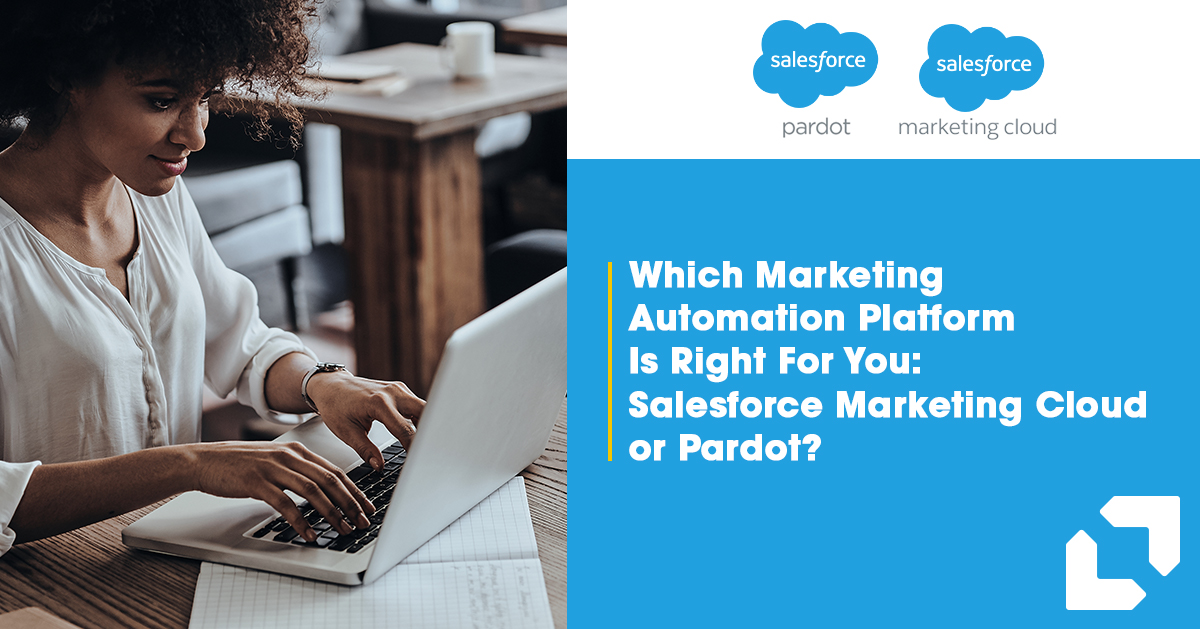Marketing professionals are always looking for the best ways to create consistent and personalized omnichannel consumer experiences based on the consumer journey. Most teams have a hard time delivering against these needs because they’re using technologies that hinder easy content distribution into multiple channels. Headless content management systems solve these challenges and make their job easier.
As marketers, we know that marriage of creativity and technology has given us amazing opportunities to create immersive and personalized consumer experiences. At the heart of this marriage is the distribution of content across the different digital channels available to consumers at any given time. Unfortunately, this is also where technology fails most organizations because siloed technical infrastructure inhibits the seamless distribution of content across the different touchpoints of a campaign. Traditionally, content that falls under website, social media, display and mobile app is generally managed in different systems that are specifically built for their purpose and with no way to share the information. Marketing teams are used to funnelling this information externally – and with strategy. The downfall is that by the time it reaches internal stakeholders like CSRs, the information is being held elsewhere and with no context or strategy.
This is where headless content management systems shine against traditional systems because it allows for the creation and management of content completely decoupled from any of the touchpoints that eventually use the content. It distributes to various content streams through an API to be formatted by its final destination rather than the system that houses it. Simply put, you only need to create content once and then let your different marketing channels use that content without having to manage it across various marketing systems.
The distribution advantages of marketing content are vast when compared to traditionally closed content management systems but here are four reasons why I recommend them to our partners and clients alike:
Flexibility
Because of the technology architecture provided by the headless system, it is able to deliver dynamic content to any device connected to the web or IoT. This means that all content developed is platform-independent and consumable by digital billboards, display advertising, search advertising and websites – all pulled from the same system. Let’s take it one step further. Headless content management systems deliver content to native or hybrid mobile applications, voice assistants and smart speakers, and any wearable device. The flexibility of the system ultimately increases efficiency by removing the management of multiple content repositories and the worry of synchronizing across different channels.
Customized content authoring
One concern that plagues marketing teams is the lack of an out-of-the-box content authoring interface which can potentially lead to a greater reliance on IT support. However, in the absence of an out-of-the-box content authoring interface, the opportunity of customization presents itself and brands are free to create their unique content authoring needs vs. being boxed – pun intended. Customization, within the confinement of pre-existing structures, can be even more demanding (and time-consuming) than building your own workflows. Having the freedom to customize, based on unique needs, will prove to be beneficial.
A focus on atomized content
Atomizing content is the practice of breaking a larger piece of content into smaller, more strategically consumable pieces. This allows your content to be more useful for distribution. For instance, a blog post such as this can be dissected into snack-sized pieces of content and published on various content streams. Don’t be surprised if you see snippets of this post appear on our LinkedIn, Twitter, Instagram or Facebook channels! My point is, a page of content should serve multiple purposes – and appeal to different audiences – without having to rewrite or re-platform the content.
Time to value
If you’re unfamiliar with the concept, time to value is the amount of time between business requirements and the delivery of a product that meets those requirements. Obviously, the shorter the duration of a project or the development of a campaign, the greater the opportunity to see the positive effects. At Appnovation, we talk a lot about customer-centricity – it’s part of our DNA. So is the headless CMS because it emphasizes the consumer experience and how technology complements it rather than the reverse. The CMS approach reduces the time to market … drastically.
Seamless customer-centric omnichannel marketing is the goal of most organizations. Unfortunately, technology can create hurdles instead of paving a smooth road. Headless content management systems make it much easier to connect the right content to the right touchpoints at the right time by eliminating the need for multiple technical environments. Brands that adopt a headless CMS, enables their marketing professionals to focus more on the consumer, messaging and creative with the assurance that their technology platform will exceed their needs.
Our client, Danone’s Alpro, has already experienced the significant advantages that come with a headless content management system specifically with localization, translation and time to value while preparing to launch multilingual campaigns across 30 different markets. For more details on the results they’ve seen, catch our webinar with Contentful and Alpro.


